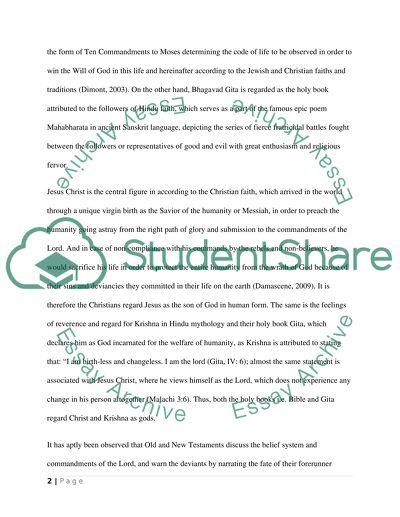Cite this document
(“Hebrew Bible and Bhagavad-Gita Essay Example | Topics and Well Written Essays - 1000 words”, n.d.)
Retrieved from https://studentshare.org/religion-and-theology/1457775-prophets-and-gods-the-roots-of-christianity-and
Retrieved from https://studentshare.org/religion-and-theology/1457775-prophets-and-gods-the-roots-of-christianity-and
(Hebrew Bible and Bhagavad-Gita Essay Example | Topics and Well Written Essays - 1000 Words)
https://studentshare.org/religion-and-theology/1457775-prophets-and-gods-the-roots-of-christianity-and.
https://studentshare.org/religion-and-theology/1457775-prophets-and-gods-the-roots-of-christianity-and.
“Hebrew Bible and Bhagavad-Gita Essay Example | Topics and Well Written Essays - 1000 Words”, n.d. https://studentshare.org/religion-and-theology/1457775-prophets-and-gods-the-roots-of-christianity-and.


